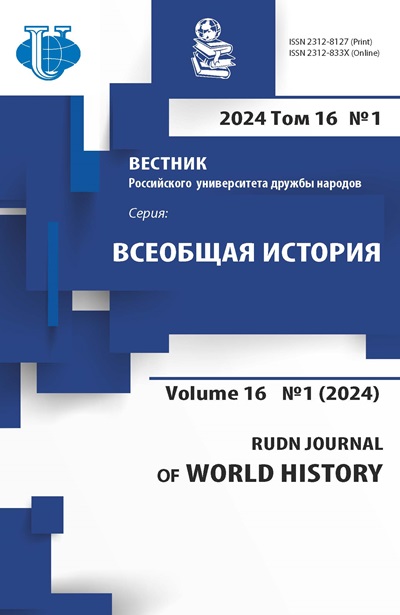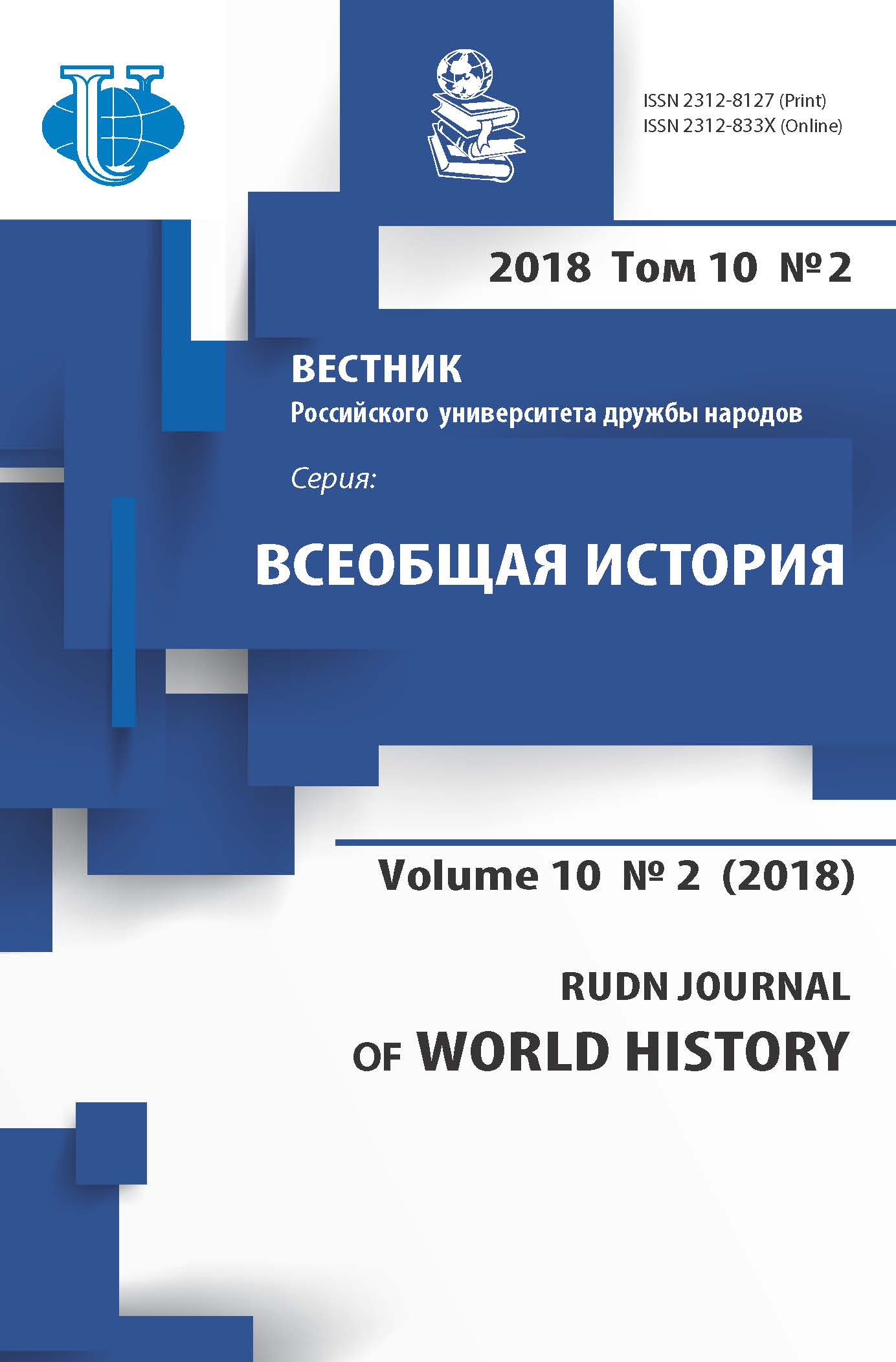TIBETAN RELATIONSHIP “CHO-YON” IN QIN SOURCES MID. XVII - END XVIII CENTURIES
- Authors: Kitinov BU1, Lyulina AG1
-
Affiliations:
- Peoples’ Friendship University of Russia (RUDN University)
- Issue: Vol 10, No 2 (2018)
- Pages: 126-134
- Section: Dialogue of civilizations
- URL: https://journals.rudn.ru/world-history/article/view/19540
- DOI: https://doi.org/10.22363/2312-8127-2018-10-2-126-134
Cite item
Full Text
Abstract
In the relations between Tibet and the Qing Empire an important place belongs to the traditional spiritual-patronal principle of “Choi-yon”, according to which the supreme lama of Tibet was considered as the religious counselor and mentor of the Emperor. The Emperor in his turn patronized the teachings of the Gelug school and played the role of a “charity”. Neither Tibetan leader nor Qing’s was in priority. After the Dalai Lama V’s visit to the court of the Emperor Shunzhi in 1652, on the basis of “Choi-yon” there was established a religious-political alliance, which existed until the fall of the Qing Empire in 1911. Nevertheless, in the period from the middle of the 17th century to the end of the 18th century we can trace the changes of interpretation of “Choi-yon”, and, first of all, for the status of the Dalai Lama. The Qianlong Emperor in his treatise “Lamasho” (1792) proclaimed domination of the Emperor’s authority before the spiritual guidance of the Lama.
Keywords
About the authors
B U Kitinov
Peoples’ Friendship University of Russia (RUDN University)
Author for correspondence.
Email: kitinov@mail.ru
PhD in History, Associate Professor of the Department of World History, Faculty of Humanities and Social Sciences, Peoples’ Friendship University of Russia
6 Miklukho-Maklaya St., Moscow, 117198, RussiaA G Lyulina
Peoples’ Friendship University of Russia (RUDN University)
Email: alyulina88@gmail.com
PhD in History, People’s Friendship University of Russia, Faculty of Humanities and Social sciences, Department of Foreign languages
6 Miklukho-Maklaya St., Moscow, 117198, RussiaReferences
- Androsov V.P. Indo-tibetskij buddizm. Jenciklopedicheskij slovar’ [Indo-Tibetan Buddhism. Encyclopedic Dictionary]. Moscow, 2011.
- Dai Qing lichao shilu [Veritable Records of the Qing Dynasty]. Beijing, 1938. Chao III–VI. URL:http://www.360doc.com/content/12/0417/08/9309627_204289328.shtml.
- Kitinov B.U. Svjashhennyj Tibet i voinstvennaja step’: buddizm u ojratov (XIII–XVII vv.) [Sacred Tibet and martial steppe: Buddhism of the Oirats (XIII–XVII centuries)]. Moscow, 2004.
- Kuz’min S.L. Otnoshenija «nastavnik-pokrovitel’» i problema statusa Tibeta [The “Priestpatron” Relationship and the Problem of Tibetan Status] // Nauka i buddizm: materialy nauchnoj konferencii s uchastiem molodyh uchenyh [Science and Buddhism: materials of scientific conference]. Ulan-Ude, 2012. P. 261–273.
- Soloshheva M.A. Poiski legitimnogo preemnika Dalaj-lamy VI [The search for a legitimate successor of The Dalai-lama VI] // Tibetologija v Sankt-Peterburge. Sbornik statej [Tibetology in Saint-Petersburg. Collection of articles]. Saint-Petersburg, 2014. Vol. 1. P. 60–68.
- Tibet. Pravda, osnovannaja na faktah [The Truth based on facts]. Dharamsala – Moscow, 1993.
- Qing dai yilai zhongyang zhengfu dui Xizang de zhili yu huofo zhuanshi shiliao huiji (Tibet by the Central Government and the System of Reincarnation of living Buddhas. Collection of historical materials from the time of the Qing Dynasty) / Red. Zhao Xueni, Chang Weimin. Beijing, 1996.
- Qing ding kuo’erka jilue (Supreme Approved Records of Gorkha Conquest)) / Xizang lishi hanwen wenxian zongkan (Collection of the Documents on Tibetan History in Chinese). Beijing, 2006.
- Yuan yilai Xizang difang yu zhongyang zhengfu guanxi dang’an shiliao huibian (The collection of archival documents and materials on the history of relations between the local Government of Tibet and the Central Government of China since the Yuan Dynasty) / Ed. Duoze Cai Dan. Vol. 2. Beijing, 1994.
- Hevia J. Lamas, Emperors, and Rituals: Political Implications in Qing Imperial Ceremonies // J. International Assoc. Buddhist Studies, 1993. № 16 (2). P. 243–278.
- Ruegg D. Seyfort. Mchod yon, yon mchod and mchod gnas / yon gnas: on the historiography and semantics of a Tibetan religio-social and religio-political concept // The History of Tibet. London-New York, 2003. Vol. 2.
- Shakabpa W.D. Tibet. A Political History. London, 1967. P. 362–372.
- Smith G.Among. Tibetan Texts: History and Literature of the Himalayan Plateau (Studies in Indian and Tibetan Buddhism). Wisdom Publications, 2001.
- Tucci G. Tibetan painted scrolls. Roma, 1949.













